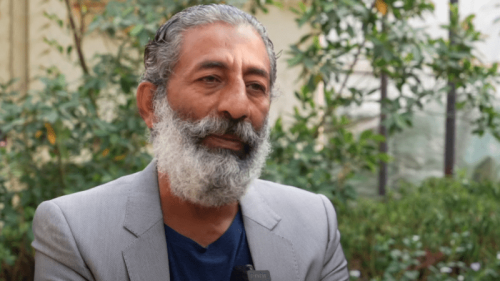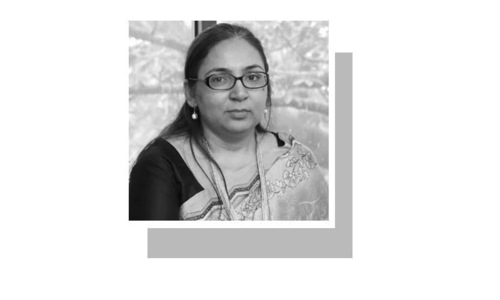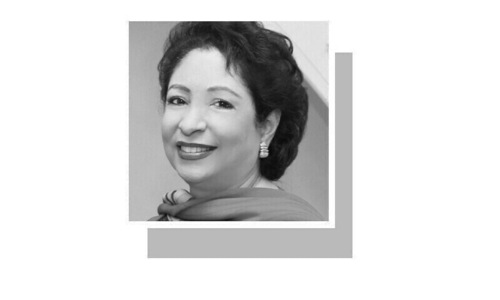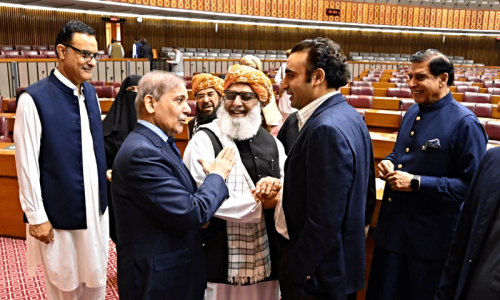WASHINGTON: India and Saudi Arabia are the world’s largest buyers of weapons, while the United States and Russia are the largest exporters, according to a report released on Monday.
The Stockholm International Peace Research Institute (Sipri) named China, the United Arab Emirates and Australia as the next three biggest importers.
Pakistan is among top 10 on the list.
According to the report, India accounted for 14 per cent of all international arms imports, while Moscow continued to be its largest supplier, providing some 70 per cent of military equipment to New Delhi.
The report — Trends in international arms transfers-2015 — compared the periods 2006-10 and 2011-15, noting that during the past five years India’s “imports increased by 90 per cent”.
During 2011-15, India’s imports were three times greater than those of either of its regional rivals: China and Pakistan.
“A major reason for the high level of imports is that India’s arms industry has so far largely failed to produce competitive indigenously designed weapons,” the report said.
During the period, the US supplied 70pc of India’s arms imports and Israel 4.5pc.
Analysing existing orders, Sipri concluded that “Russia will remain, by a significant distance, the main supplier of major arms to India for the foreseeable future”.
The US is making inroads into the Indian market and supplied specialised transport planes, the C-130-J Super Hercules and the C-17 Globemaster, along with maritime surveillance planes Boeing P8-I.
Russia sold fighter jets, a sea-borne aircraft carrier and Mi-17-V5 helicopters to India.
Israel sold unmanned aerial vehicles and radars.
India imported arms worth $3.08 billion in 2015, while Pakistan spent $735 million.
Pakistan purchased most of its weapons from China ($565m), followed by the US ($66m).
Pakistan is China’s largest buyer for arms, accounting for 35pc of Beijing’s total arms sales, followed by Bangladesh and Myanmar. The three countries accounted for 71pc of China’s exports during 2011-2015.
China is now the third largest exporter of weapons, ahead of traditional manufacturers Germany, France and Britain.
The five biggest exporters in 2011-2015 were the US, Russia, China, France and Germany.
The US and Russia remained by far the largest exporters, accounting for 33pc and 25pc.
Six of the top 10 arms importers in the 5-year period are in Asia and Oceania: India (14pc), China (4.7pc), Australia (3.6pc), Pakistan (3.3pc), Vietnam (2.9pc) and South Korea (2.6pc).
Arms imports by states in the Middle East rose by 61pc during 2006-10 and 2011-15.
In 2011–15 Saudi Arabia was the world’s second largest arms importer, with an increase of 275pc compared to 2006–10. Arms imports by the United Arab Emirates rose by 35pc and those by Qatar went up by 279pc. Egypt’s imports increased 37pc, primarily due to a steep rise in 2015.
With a 33pc share of total arms exports, the US was the top exporter in 2011-15. Its exports of major weapons increased by 27pc compared to 2006-10.
Russian exports of major weapons increased by 28pc between 2006-10 and 2011-15 and the country accounted for 25pc of global exports in the recent 5-year period.
Chinese exports of major arms grew by 88pc, making it the third largest exporter.
Between 2006-10 and 2011-15, imports by states in Africa increased by 19pc. Algeria and Morocco remained the two largest arms importers in the region with a combined total of 56pc of African imports.
Published in Dawn, February 23rd, 2016













































